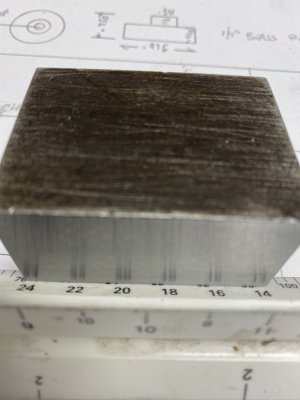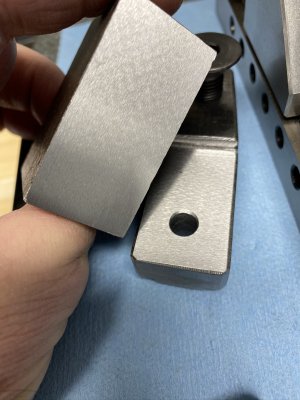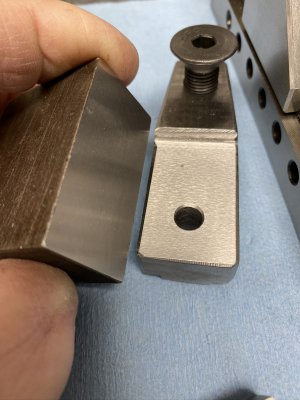- Joined
- Mar 26, 2018
- Messages
- 8,407
I haven't tried rotating the wheel on the adapter.I have to either rotate the wheel, or attempt to dress it until an acceptable balance is achieved.
Dressing the sides is doable.
I'm thinking from now on, I buy a wheel, check the balance and send it back if it is out more than a tad.




